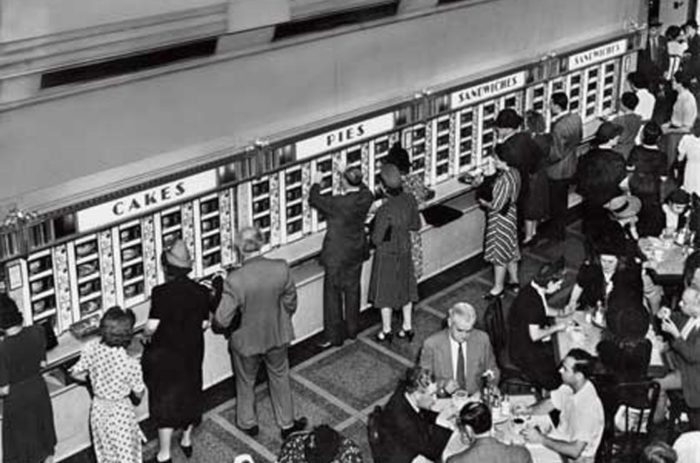The following is an excerpt from OpinionJournal.com’s “Best of the Web” written by the editor, James Taranto.
 Nobody Ever Got Young
Nobody Ever Got Young
“Analyst Says Harley-Davidson Riders Are Getting Old”–headline, Milwaukee Journal Sentinel website, March 20
Questions Nobody Is Asking
- “Who, What, Why: Can You Accidentally Do a Nazi Salute?”–headline, BBC website, March 18
- “Why Do So Many People Waste Their Lives Insulting Politicians on Twitter?”–headline, Daily Telegraph website (London), March 20
His Only Hope Is the Talent Competition
“Sports Illustrated Swimsuits Versus Lyndon Johnson”–headline, PowerLineBlog.com, March 19
Sen. ad Absurdum
A standard argument against the minimum wage is the reductio ad absurdum: If a minimum wage of, say $10 is a good idea, why not $50, or $100? Well, you’ve got to love Elizabeth Warren, former junior senator from Massachusetts, because she offered the same reductio ad absurdum in support of raising the minimum wage:
[Warren] suggested raising the minimum wage to $22 per hour is only logical if you look at the numbers.
“If we started in 1960, and we said [that] as productivity goes up . . . then the minimum wage was going to go up the same . . . if that were the case, the minimum wage today would be about $22 an hour,” the senator said, at a recent Education, Labor and Pensions Committee hearing on “Keeping up with a Changing Economy: Indexing the Minimum Wage.”
The current minimum wage is $7.25 per hour. Ms. Warren wondered, in a YouTube video of the hearing posted by her staff: “What happened to the other $14.75?”
She answered her own question: “It sure didn’t go to the worker.”
One of the panelists, Arindrajit Dube, an assistant professor at the Department of Economics at the University of Massachusetts-Amherst, said by that logic–by going back even further in time–the minimum wage could rightly be $33 per hour.
Heck, why not go back to the Pliocene? We’ll bet that’d get you to 100 bucks an hour.
There are several problems with this reasoning. First, productivity gains don’t happen because employees decide on their own to work harder or better. Other factors include capital investments and improvements in management. Productivity gains do tend to drive wages up, but employers would have no incentive to improve productivity if, as Warren suggests, all such gains had to go “to the worker.”
Second, there’s no reason to assume that productivity gains have been distributed evenly across the wage scale, or, for that matter, at particular points in the wage scale. That is, one can’t determine from overall productivity gains how much productivity has improved for minimum-wage workers–nor, for that matter, how many workers who would’ve received the minimum wage in 1960 make more than that today as a result of higher productivity.
National Journal has an interesting story on retailing that illustrates the complexities at work here. It’s mostly a positive piece about a trio of chains that pay wages well above average:
QuikTrip, Trader Joe’s, and Costco operate on a different model, says [MIT’s Zenyep] Ton. “They start with the mentality of seeing employees as assets to be maximized,” she says. As a result, their stores boast better operational efficiency and customer service, and those result in better sales. QuikTrip sales per labor hour are two-thirds higher than the average convenience store chain, Ton found, and sales per square foot are over fifty percent higher. . . .
The approach seems like common sense. Keeping shelves stocked and helping customers find merchandise are key to maximizing sales, and it takes human judgment and people skills to execute those tasks effectively. To see what happens when workers are devalued, look no further than Borders or Circuit City. Both big-box retailers saw sales plummet after staff cutbacks, and both ultimately went bankrupt.
But there’s another side of the story:
There are also trade-offs to investing in employees. Businesses that spend more on their workers have to cut costs elsewhere. Trader Joe’s streamlines operations by offering a limited number of products and very few sale promotions. Costco stocks products on pallets, as a warehouse would. And the QuikTrip model requires the fortitude to accept possible short-term drops in profits.
If the government mandated that all retail employees had to be paid at least (to pick a number from thin air) $22 an hour, the result would be a great homogenization in business models. To the extent that QuikTrip, Costco and Trader Joe’s have a competitive advantage because of their higher wage structure, they would lose it. Their competitors would also lose the advantages they gain from paying less. More chains would go out of business, leaving more employees out of work and consumers with fewer options. The reductio ad absurdum is no way to make economic policy.
For more “Best of the Web” click here and look for the “Best of the Web Today” link in the middle column below “Today’s Columnists.



